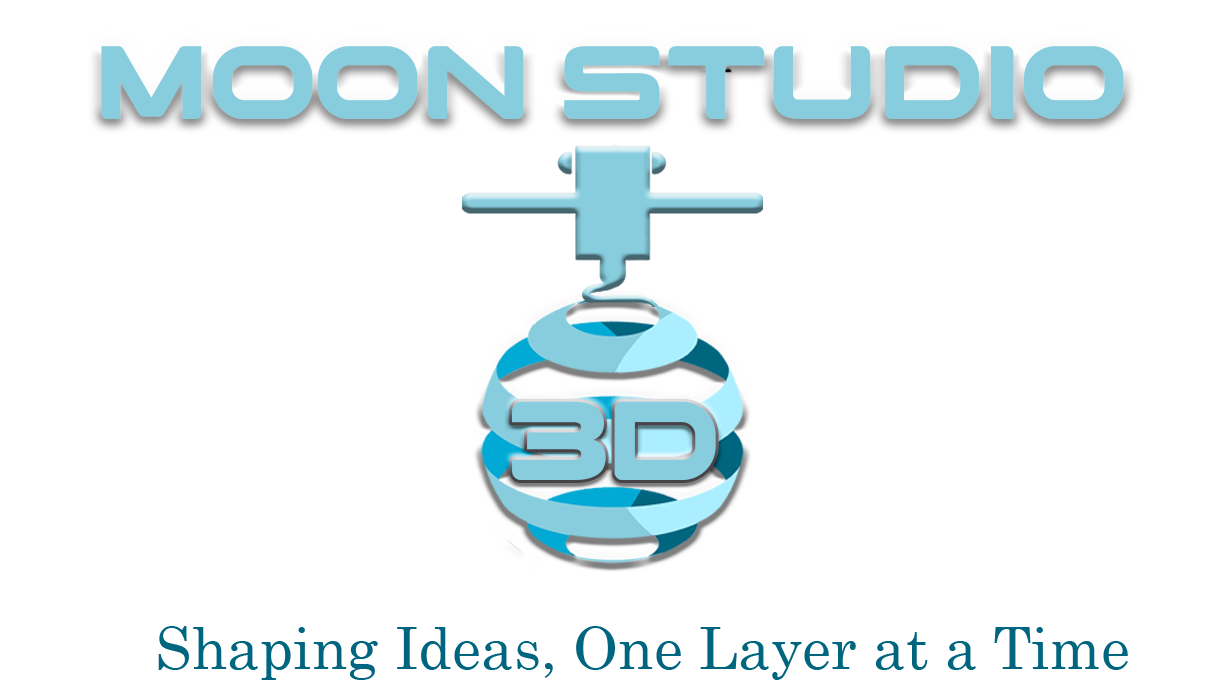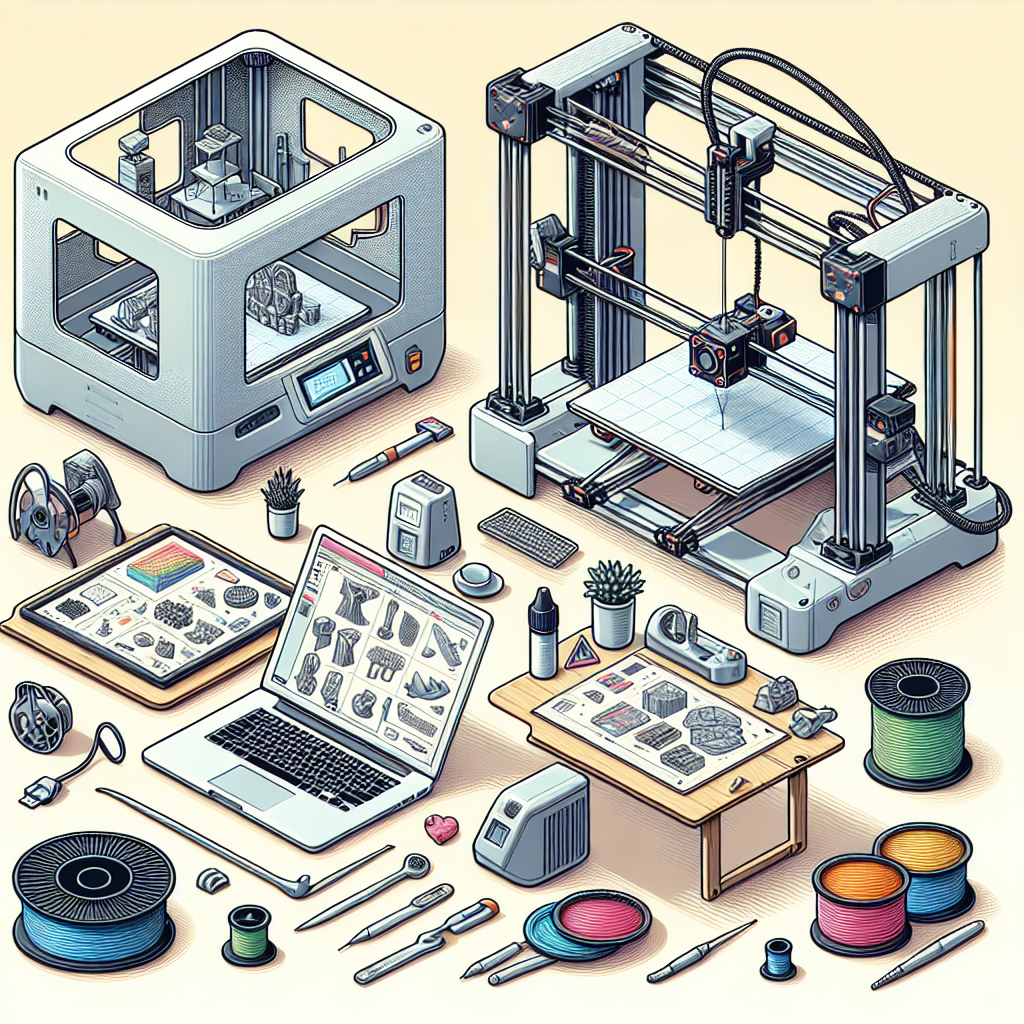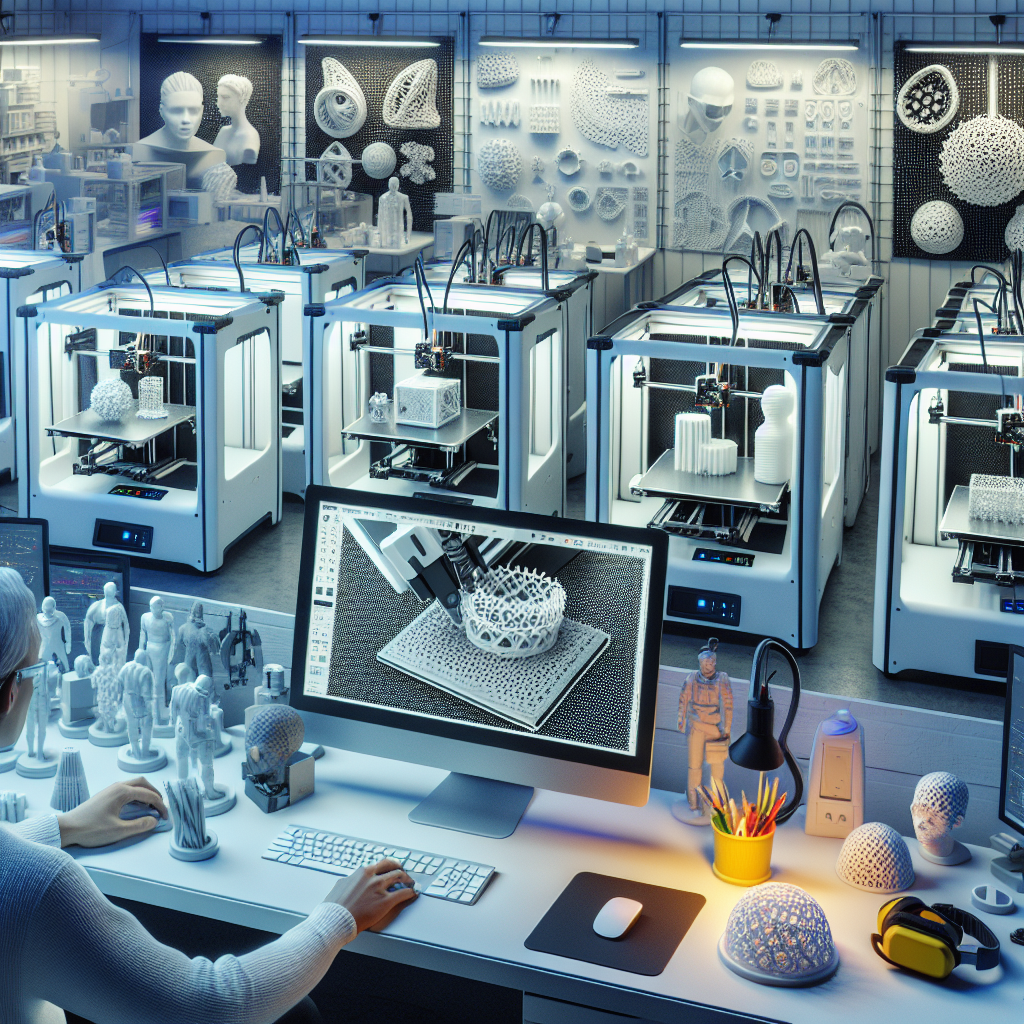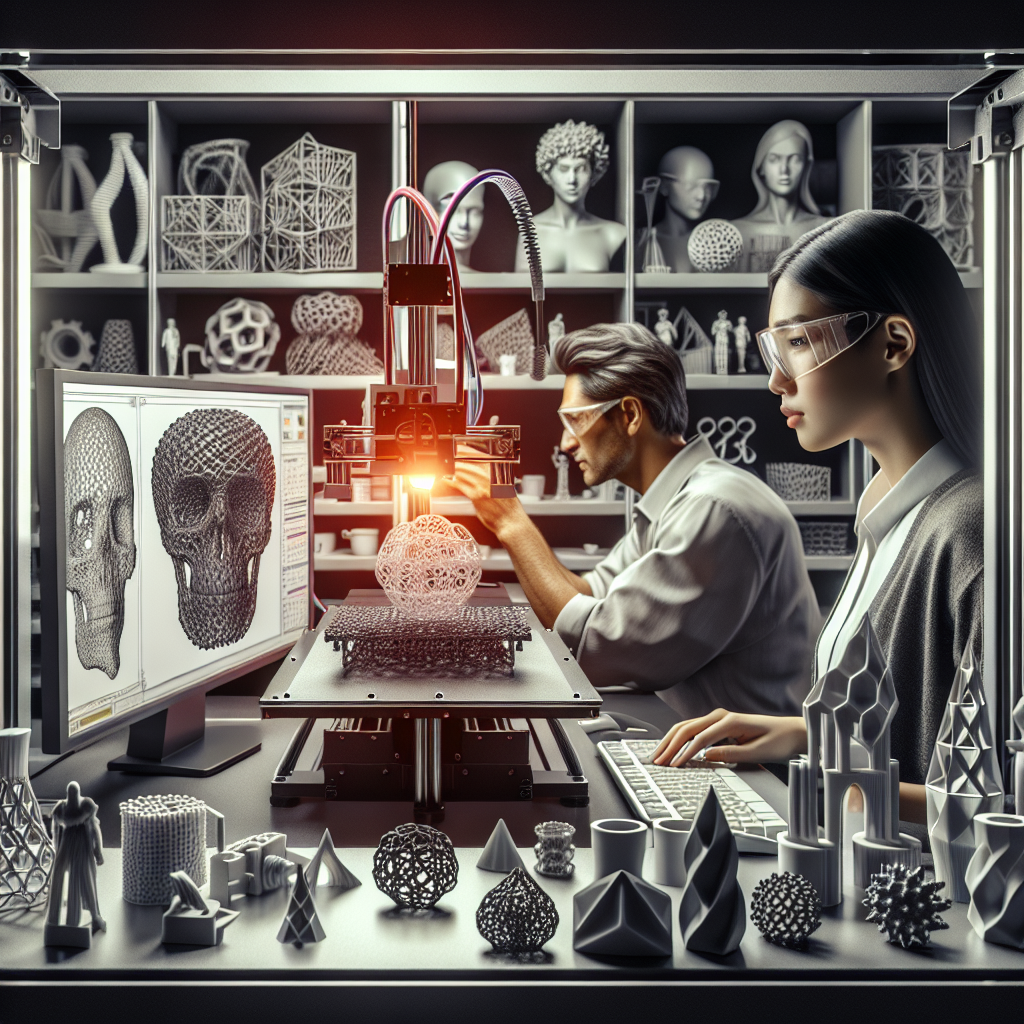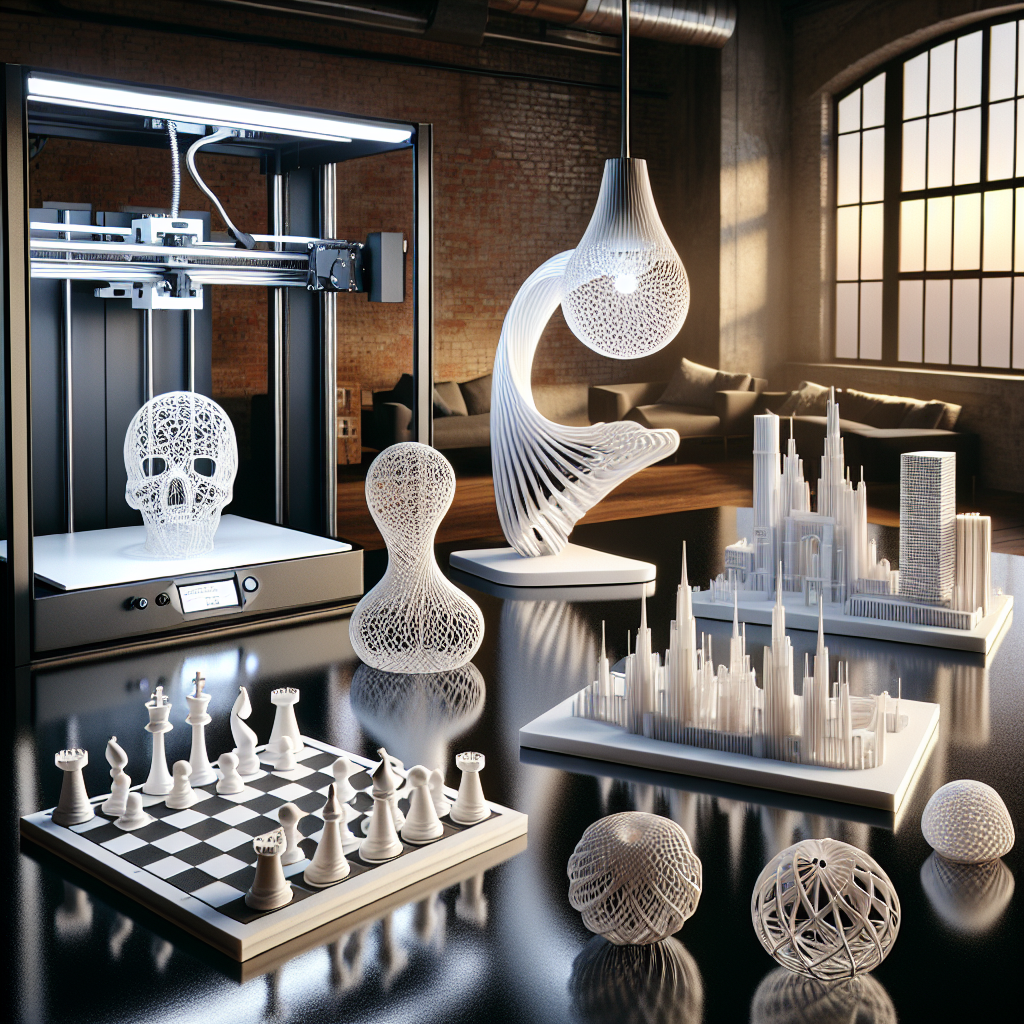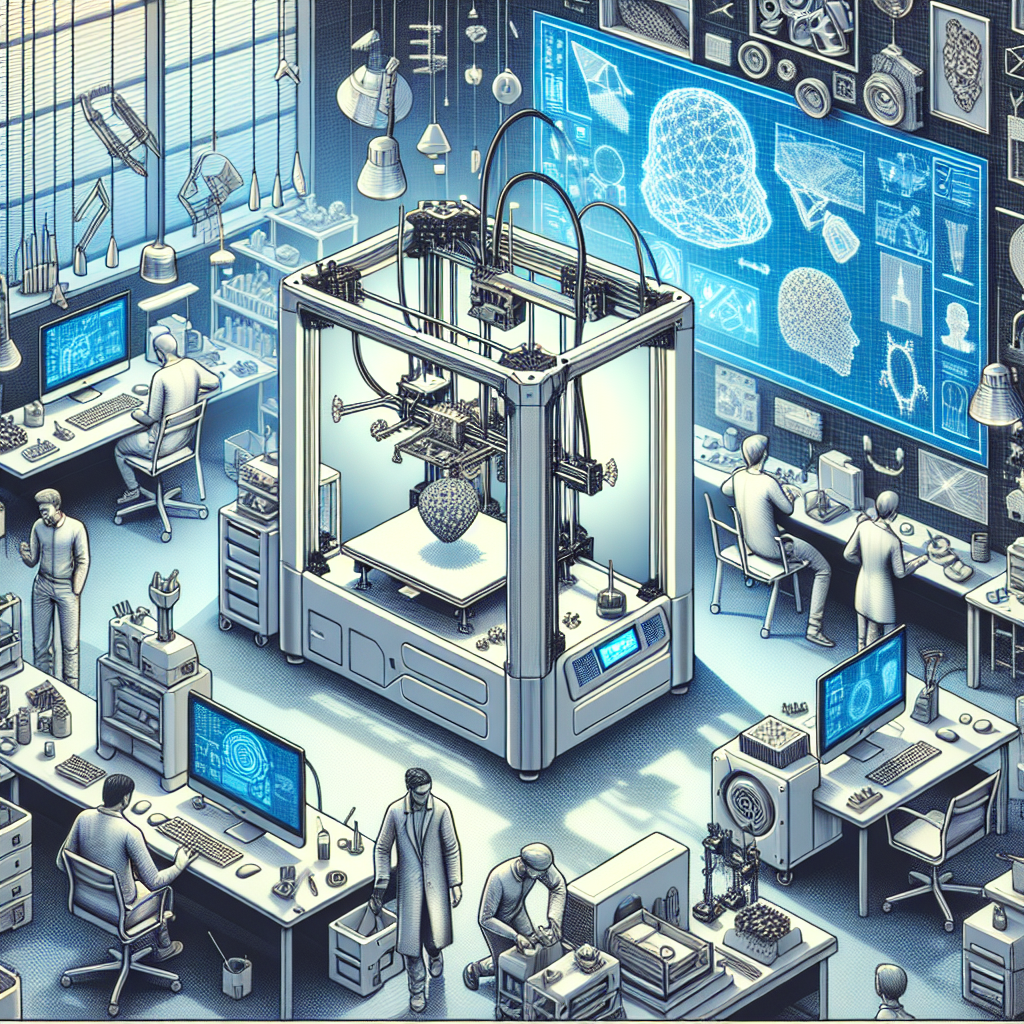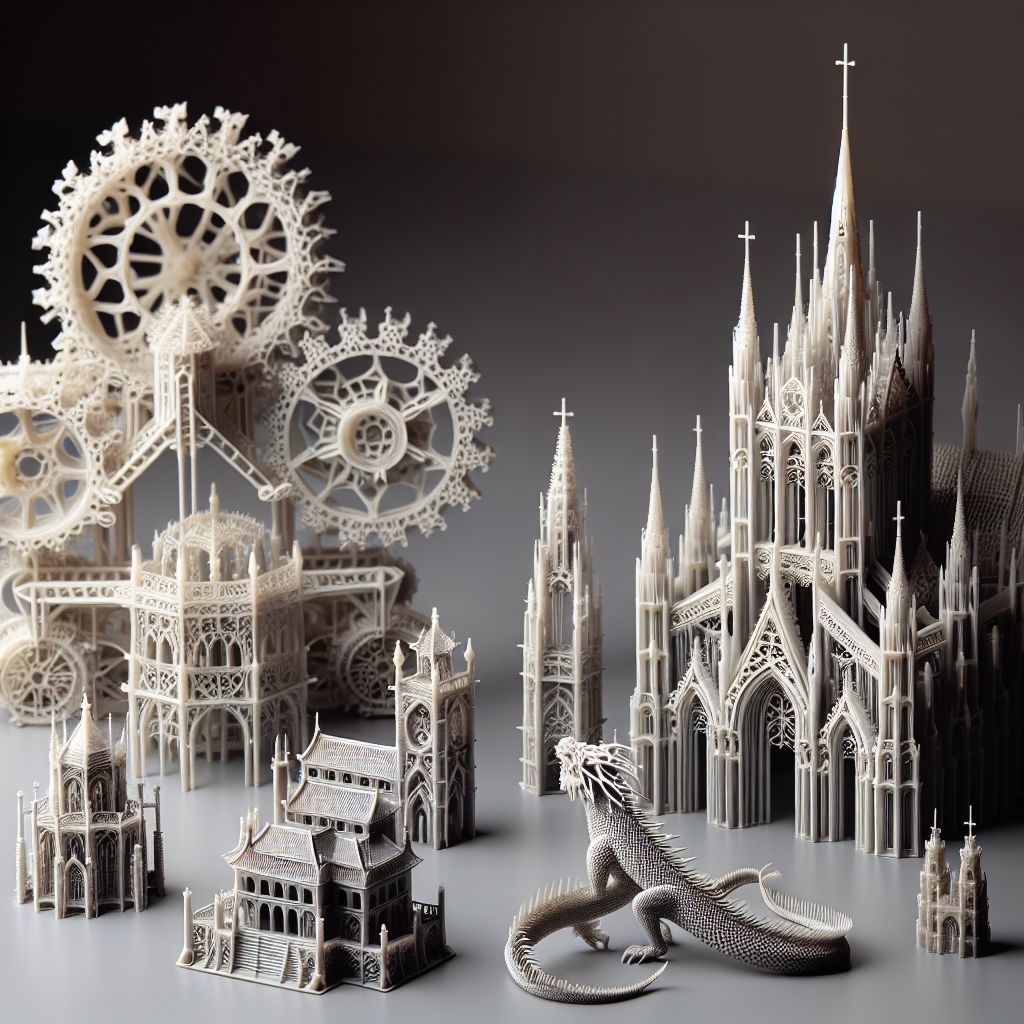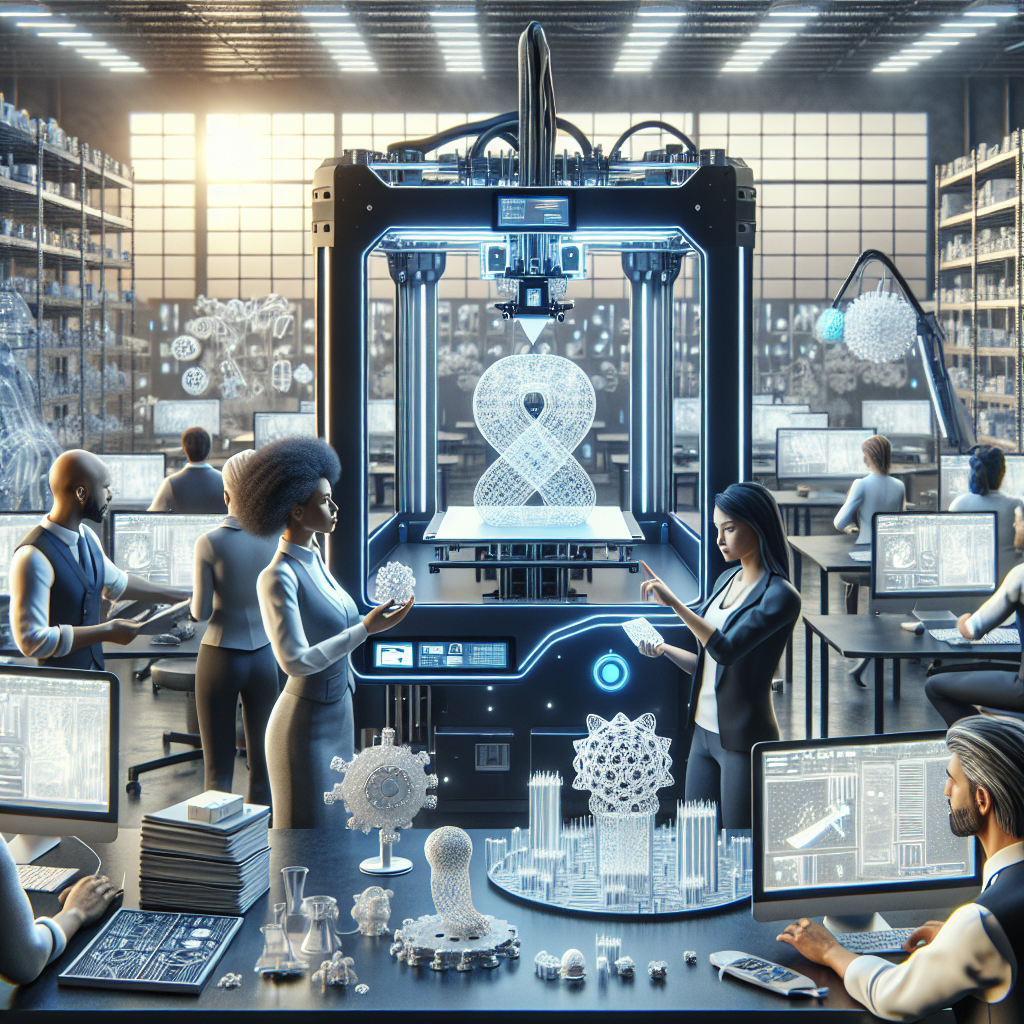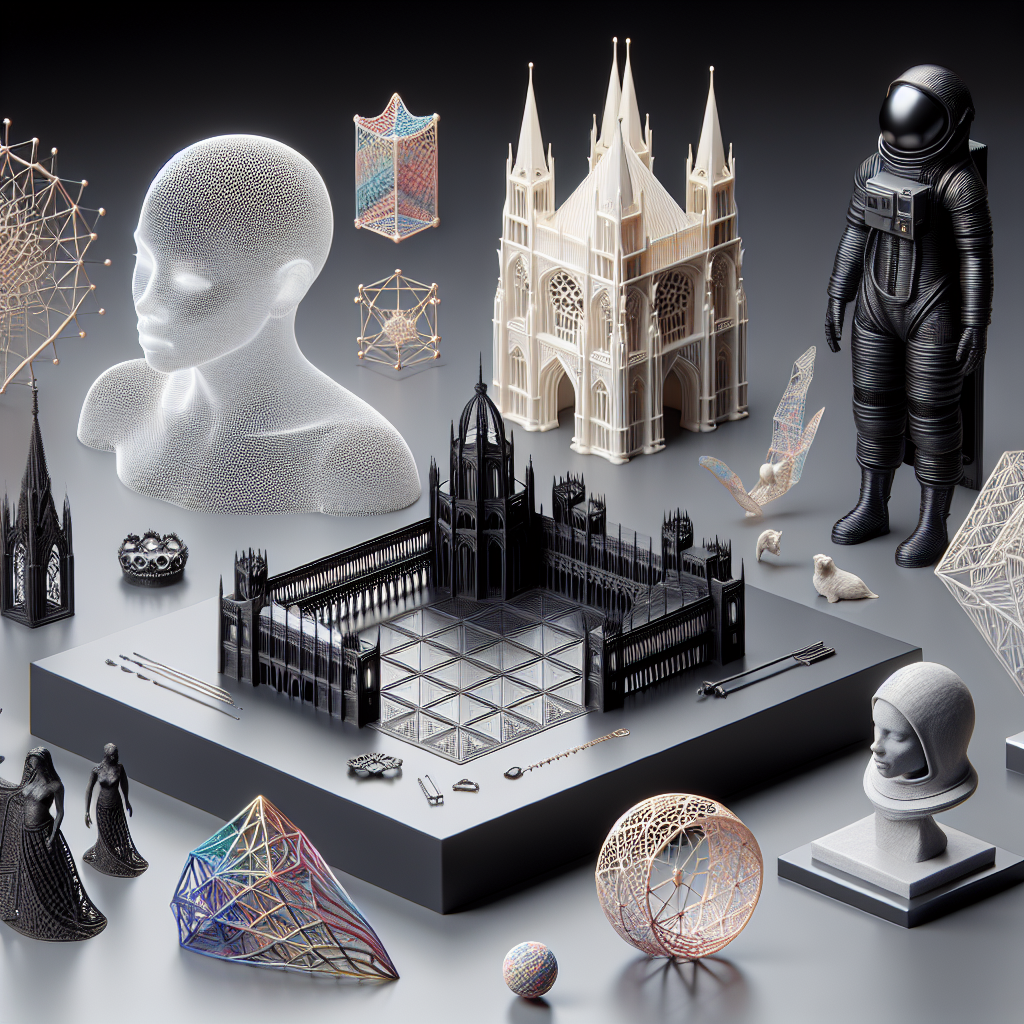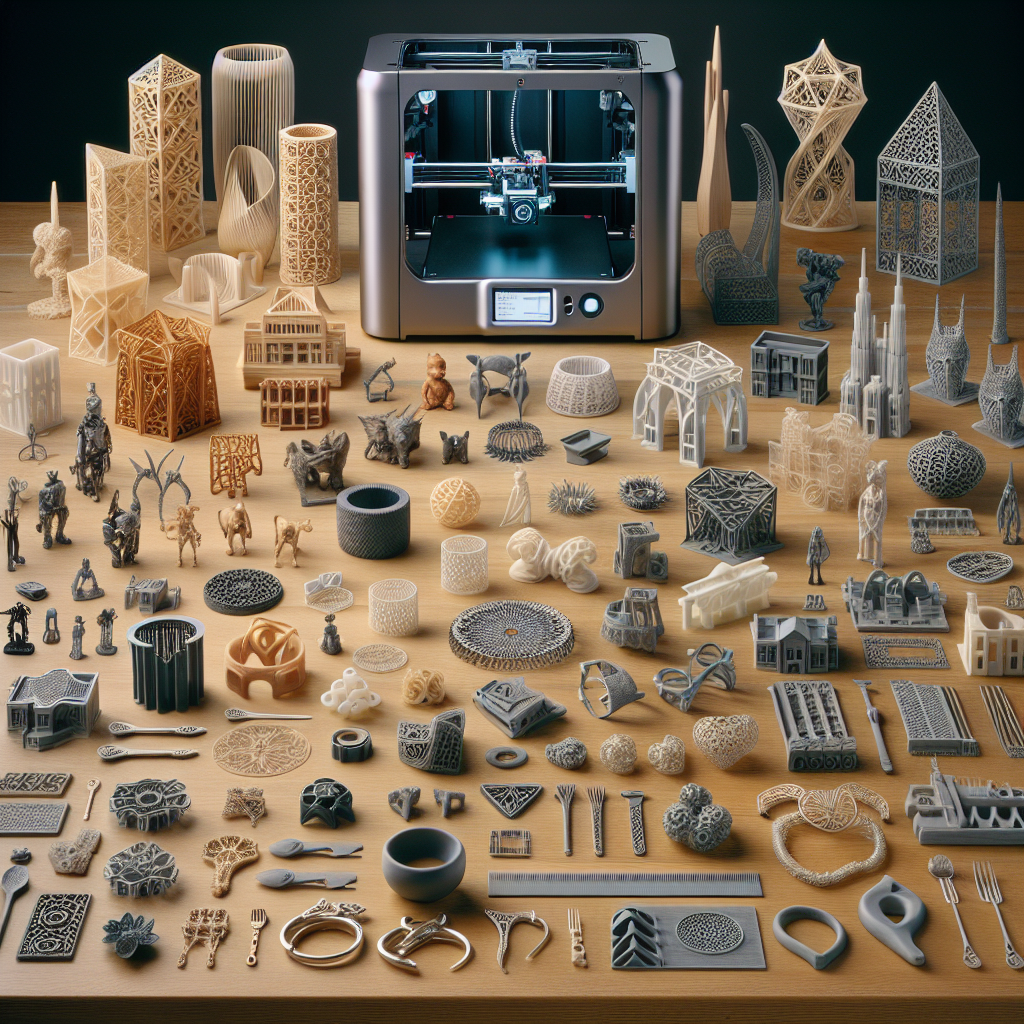In recent years, the landscape of 3D printing has dramatically transformed. Once a technology confined to industrial settings due to its high cost, 3D printing has now seeped into the consumer market, introducing innovations that align perfectly with affordability. This remarkable shift has made 3D printing more accessible to hobbyists, educators, and small businesses. The advance of budget-friendly 3D printing is rapidly changing our approach to manufacturing, prototyping, and creativity.
The Driving Forces Behind Affordable 3D Printing
Several factors have contributed to the availability and popularity of budget-friendly 3D printing. Firstly, technological advancements have drastically reduced production costs. By refining print-head technologies and improving filament materials—such as PLA and PETG—the industry has managed to create cost-effective yet durable 3D printed products. Moreover, a competitive market has fueled innovation, driving more companies to develop low-cost printers while simultaneously enhancing their quality and capabilities.
Open-source communities have facilitated ingenuity by sharing blueprints and software, enabling enthusiasts to build or modify their 3D printers at a reduced cost. This collaboration has democratized the technology, extending its reach beyond large corporations to everyday consumers.
The Versatility of Affordable 3D Printing
The applications of budget-friendly 3D printing are incredibly versatile, spanning various industries and personal projects. From creating intricate jewelry designs to fabricating functional household items, the potential is limitless. Websites like Moon Studio 3D offer a plethora of 3D product ideas, showcasing how simple designs can transform into practical or aesthetic objects.
Among the most popular areas witnessing a surge in 3D printed creations include:
1. Education:
Educational institutions are leveraging low-cost 3D printers to encourage creativity and practical learning in STEM curriculums. Students are now able to design and print complex mathematical models, geographic topographies, and even historical artifacts, thus enriching their learning experience.
2. Home Décor:
As seen on Moon Studio 3D’s collection, 3D printing affords the ability to customize home decor. Vases, lamps, and art pieces can be designed to fit specific home aesthetics, offering unique personalization that traditional manufacturing cannot.
3. Prototyping:
Small businesses and inventors leverage affordable 3D printing for rapid prototyping. This application allows for significant cost savings and faster time-to-market. Innovators can experiment with designs, test them, and make necessary adjustments without the need for expensive equipment or labor.
4. Fashion and Jewelry:
3D printing technology is also making waves in fashion and jewelry design. Intricate pieces that were previously labor-intensive can now be printed with precision. For ideas and inspiration, Moon Studio 3D displays a variety of fashion-related 3D models.
Case Studies: Success in Budget 3D Printing
Several projects highlight how affordable 3D printing technology is making an impact.
Prosthetics and Assistive Devices:
In developing countries, where healthcare resources are limited, affordable 3D printing has been used to produce low-cost prosthetics. Organizations are customizing prosthetic limbs, tailored to individual needs at a fraction of the cost of traditional methods.
Eco-friendly Innovations:
3D printing is also contributing to sustainability. Companies are developing eco-friendly filaments made from recycled materials, allowing for environmentally responsible production. Moreover, the ability to produce items on-demand reduces waste, a significant issue plaguing mass production industries.
Examples from Moon Studio 3D:
- The Eco Desk Organizer Collection showcases practical items that can be printed with minimal environmental impact.
- Explore their Sustainability Hub for more insights on green initiatives in 3D printing.
Challenges and Future Prospects
While the market is flourishing, it is not without its challenges. Despite reduced costs, the initial investment in a 3D printer can still be significant for some consumers. Additionally, the learning curve associated with 3D design software can be steep for beginners.
Despite these challenges, the future of budget-friendly 3D printing is promising. Advances in technology are expected to further reduce costs, enhancing printer speed and print quality. As software becomes more user-friendly and design communities grow, 3D printing is poised to become a household staple.
Conclusion
The intersection of innovation and affordability in 3D printing is reshaping industries, enhancing educational strategies, and empowering individual creativity. As this technology becomes more accessible, it is bound to unlock new possibilities for consumers, businesses, and innovators alike. Companies like Moon Studio 3D exemplify how this transformation is being driven by creativity and a commitment to making sophisticated design simple and affordable.
To explore more about the revolution in 3D printing technology and access resources, visit Moon Studio 3D. Whether you are an educator, entrepreneur, or maker, the age of affordable 3D printing offers endless opportunities to bring your ideas to life.
